Do you have a question about the ST STM32CubeH7 and is the answer not in the manual?
| Microcontroller | STM32H7 Series |
|---|---|
| On-chip SRAM | Up to 1 MB |
| On-chip Flash | Up to 2 MB |
| Operating Voltage | 1.62 V to 3.6 V |
| Peripherals | ADC, DAC, Timers, PWM, UART, SPI, I2C, CAN, USB, Ethernet |
Provides a generic platform to control and monitor application processes, offering user APIs and services.
Initializes hardware, firmware resources, HAL system clocks, and common services like memory management.
Composed of a main task and software timer scheduled by FreeRTOS for GUI and periodic operations.
Defines the visual interface, including splash screen and main menu for demonstrations.
Initializes and launches the main demonstration menu, handling background images and callbacks.
Manages modules, responsible for initializing hardware, GUI resources, storage units, and the system menu.
Saves kernel and module settings using RTC backup registers, with two kernel APIs for saving/restoring.
Provides a storage unit for audio, bitmaps, and video media, initialized at startup and accessible via FatFS.
Allows loading specific demonstrations as binaries in memory, launched during native ST demonstration runtime.
Details the folder organization for demonstration sources, divided into Core, GUI, Config, Modules, and Binary.
Lists core components like Kernel core, Modules, HAL Drivers, BSP Drivers, CMSIS, FatFS, FreeRTOS, and STemWin.
Lists essential kernel files such as main.c, stm32h7xx_it.c, k_bsp.c, and k_module.c.
Describes supported boards and jumper configurations for demonstration purposes.
Designs module appearance using GUIBuilder, generating resource tables and dialog procedures.
Allows customizing graphical elements like buttons by replacing standard aspects with user-defined images.
Adds module functionalities and processes after finalizing the graphical appearance.
Adds a created module to the main desktop view by updating the module_prop[] list.
Configures LCD parameters like multiple layers, buffering, virtual screens, and frame buffer locations.
Manages layers for main desktop and video player, optimizing CPU usage during refresh tasks.
Covers BSP customization including SDRAM and Touchscreen configurations.
Leverages Cortex-M7 performance with 16KB instruction and 16KB data caches.
Uses multiple frame buffers for smooth display updates, copying content to back buffers.
Allows windows to be placed in any layer or display, handled uniformly via API routines.
Utilizes STM32H7 hardware acceleration, with STemWin callbacks for custom behavior.
Supports hardware JPEG decompression and YCbCr to RGB conversion via Chrom-ART for faster performance.
Details STemWin features and resources, including JPEG decoder and GUI components.
Details ROM and RAM requirements for STemWin components like Windows manager, drivers, and widgets.
Covers STemWin modules: Audio Player, Video Player, Rocket Game, Clock/Weather, Graphic Effect, Dual Core, System Info.
Introduces TouchGFX demonstration, available in binary format for various applications.
Details Embedded Wizard demos: Video Player, Graphic Effect, TapTap Plane, Accelerator, Waveform, Screen Saver, Charts, Climate, Brick, Fitness, Paper Cutter, Washing Machine.
Allows users to select applications like Oscilloscope, CoreMark, or system information.
Measures microcontroller and CPU performance, showing Cortex-M7 and Cortex-M4 scores.
Demonstrates dual core and analog features, with Cortex-M7 for signal generator and Cortex-M4 for oscilloscope.
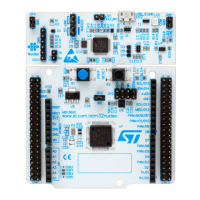

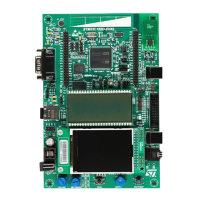
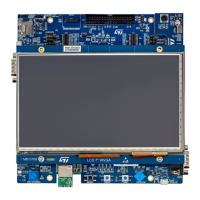
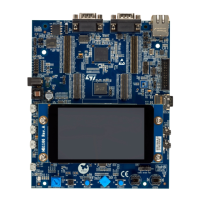
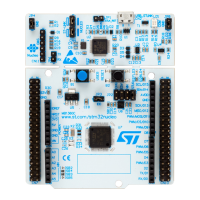
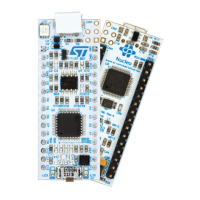
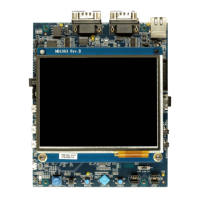
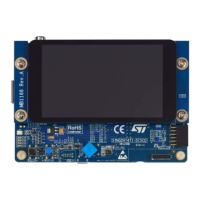


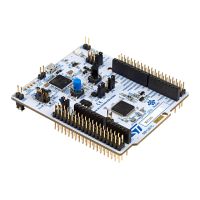
